Japanese designer Shinichiro Ogata's latest venture is a modern riff on the traditions of his home country
As he launches Saboe, a series of new tearooms and shops across Japan, we delve into Shinichiro Ogata's creative vision, mirrored throughout the spaces and objects, rituals and moments of his projects
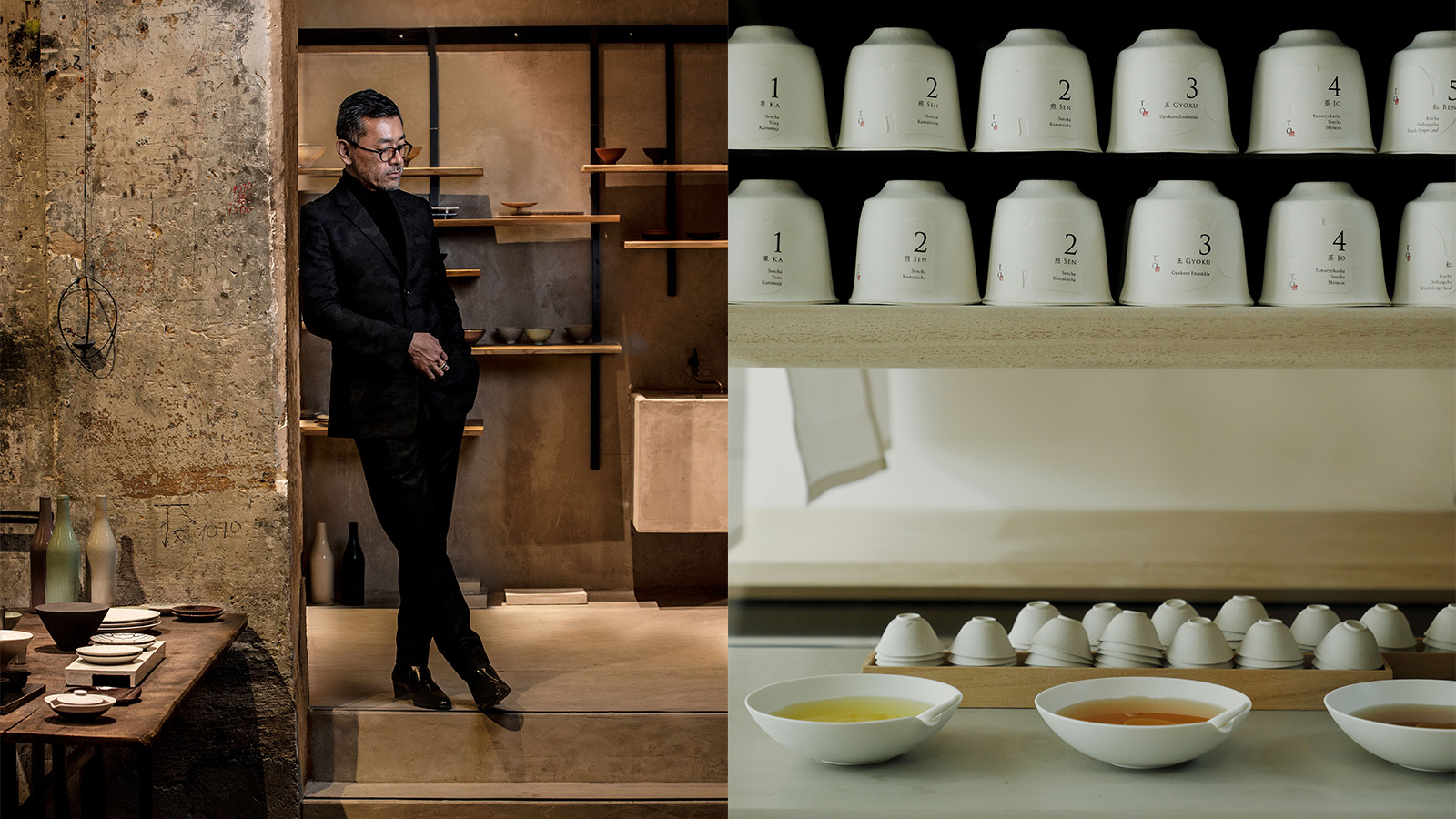
Seaweed, honey, lemongrass, forest, dill, conifer, dashi, soy sauce, orange. These are among a cosmos of flavours and aromas evoked through a new series of Japanese teas for modern life presented in crafted paper cups – one of a string of recent ventures by designer Shinichiro Ogata.
For Ogata, everything begins – and ends – with tea. Since launching Simplicity in Tokyo in 1998, the designer has carved a unique creative path, offering a fresh modern perspective of Japan’s heritage-steeped tea world.
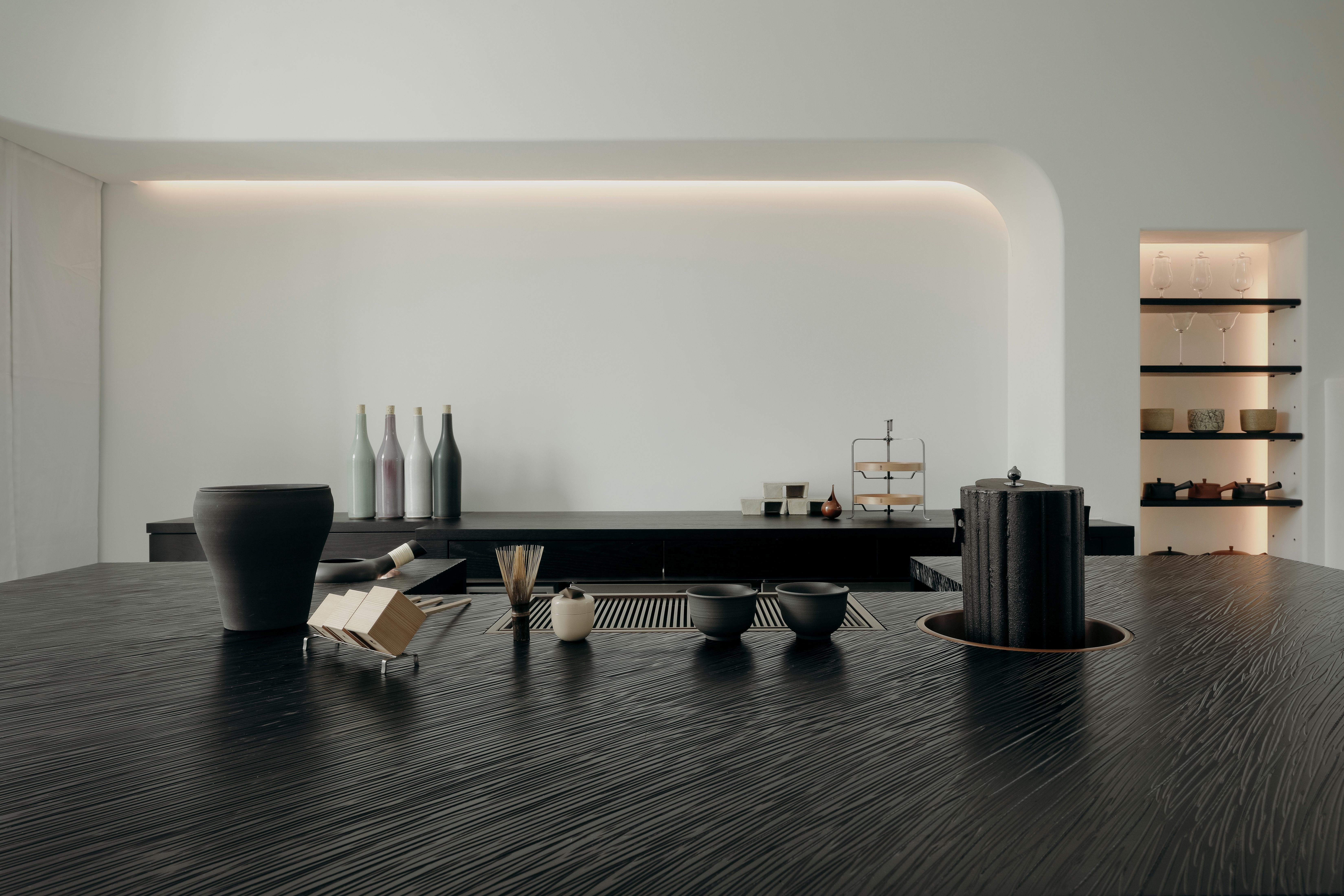
Saboe Hakata
It’s not just about the contents of a teacup. Ogata’s creative vision is mirrored in spaces and objects, rituals and moments – all softly minimalist, crafted, layered in stillness and, aligned with the essence of traditional Japanese culture, deeply inspired by the natural world.
His contemporary tea sanctuaries are centre stage – from the minimalist interiors, natural material palette and season-reflecting tastes of modern tea salon Higashiya Ginza in Tokyo to the elemental serenity of Ogata at The Shinmonzen in Kyoto and his overseas flagship Ogata Paris.
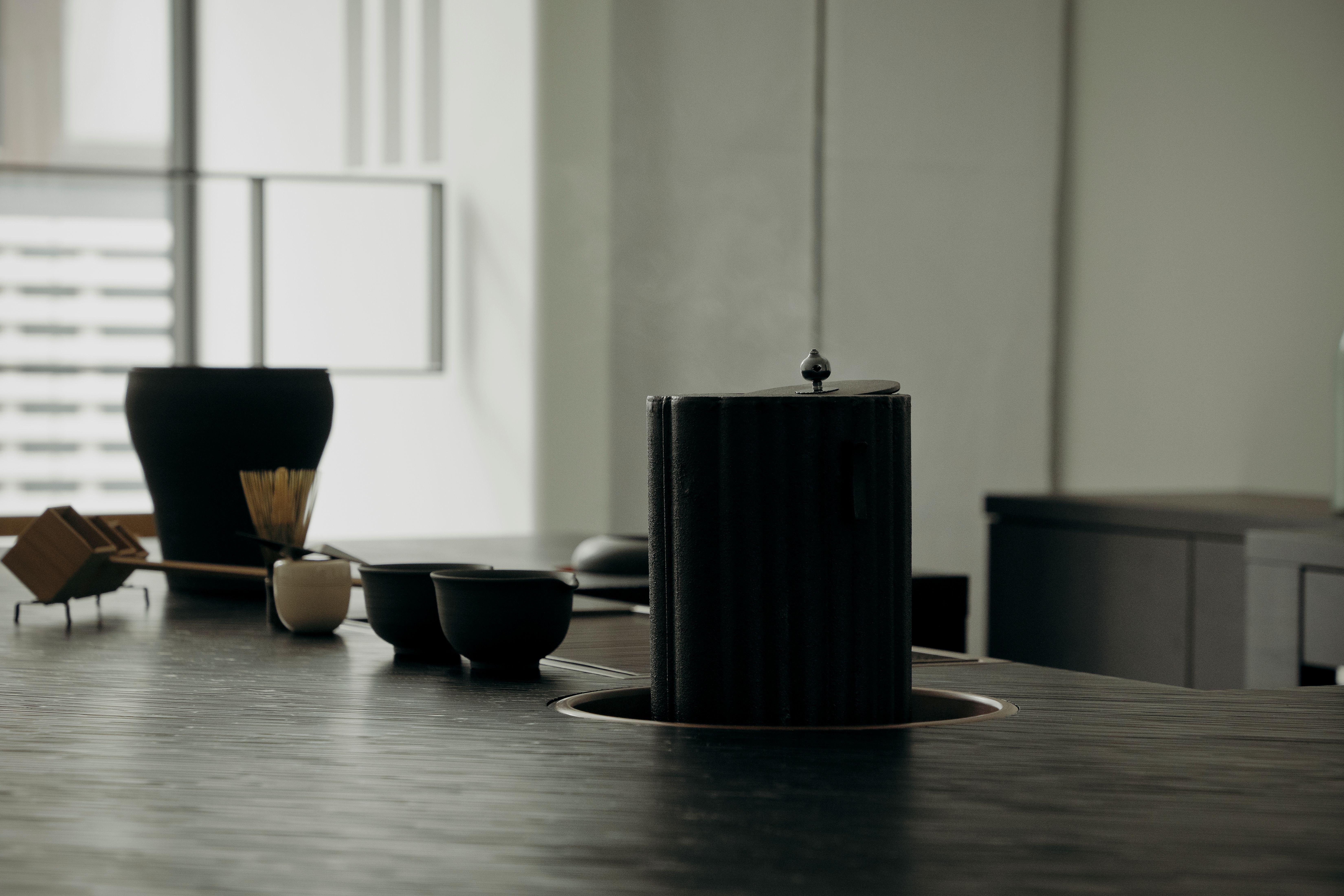
Saboe Hakata
Further layered into Simplicity’s creative output are cleanly crafted Japanese ceramics, modern wagashi sweets, artisan-crafted tools, contemporary incenses, atmospheric restaurants (including intimate Yakumo Saryo in Tokyo) – as well as interiors for retail (including Aesop stores) and luxury hotels (from Four Seasons Osaka and Yoruya in Kurashiki to Andaz Tokyo).
Most recently, Ogata launched a series of crafted tea rooms and shops called Saboe in four spaces across Japan (Tokyo, Kyoto, Hakata and Okayama), which aim to present a 'new' way for enjoying tea in the modern world.
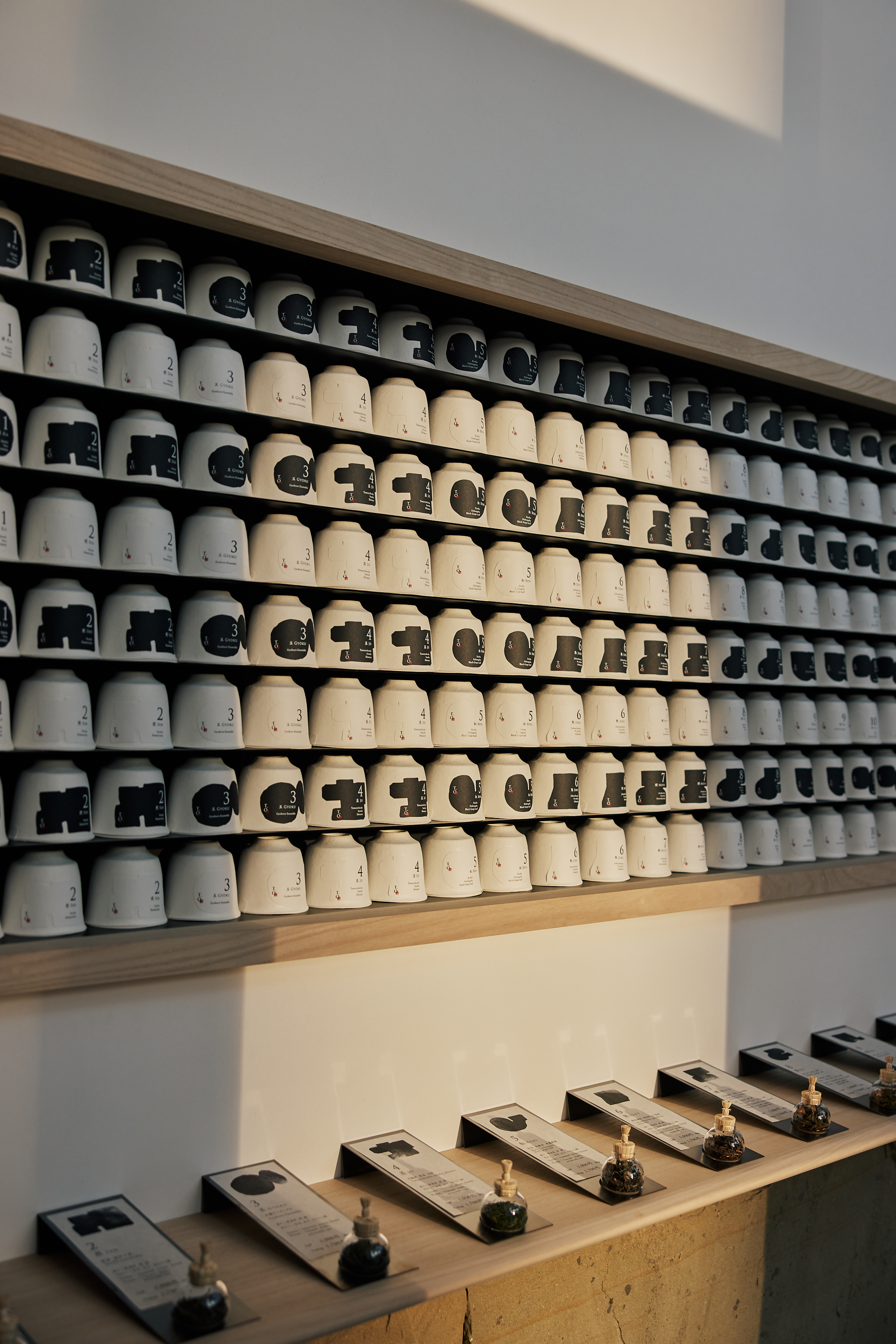
T., Collection at Saboe Tokyo
Key to this concept is its new T., Collection, ten carefully composed teas designed to harmonise with modern daily life, from sunrise to sunset – ranging from Beni (5), a deep wine-like black tea mixed with grape leaves and red perilla to Ko (8), a refreshing spicy-edged hojicha roasted green tea, with ginger, sansho leaves and citrus peel.
Receive our daily digest of inspiration, escapism and design stories from around the world direct to your inbox.
Unusually for the Japanese tea world, the tea is available in teabags and presented in the minimalist white form of biodegradable, portable paper cups – which can conveniently be filled with hot water and enjoyed at home or outside.
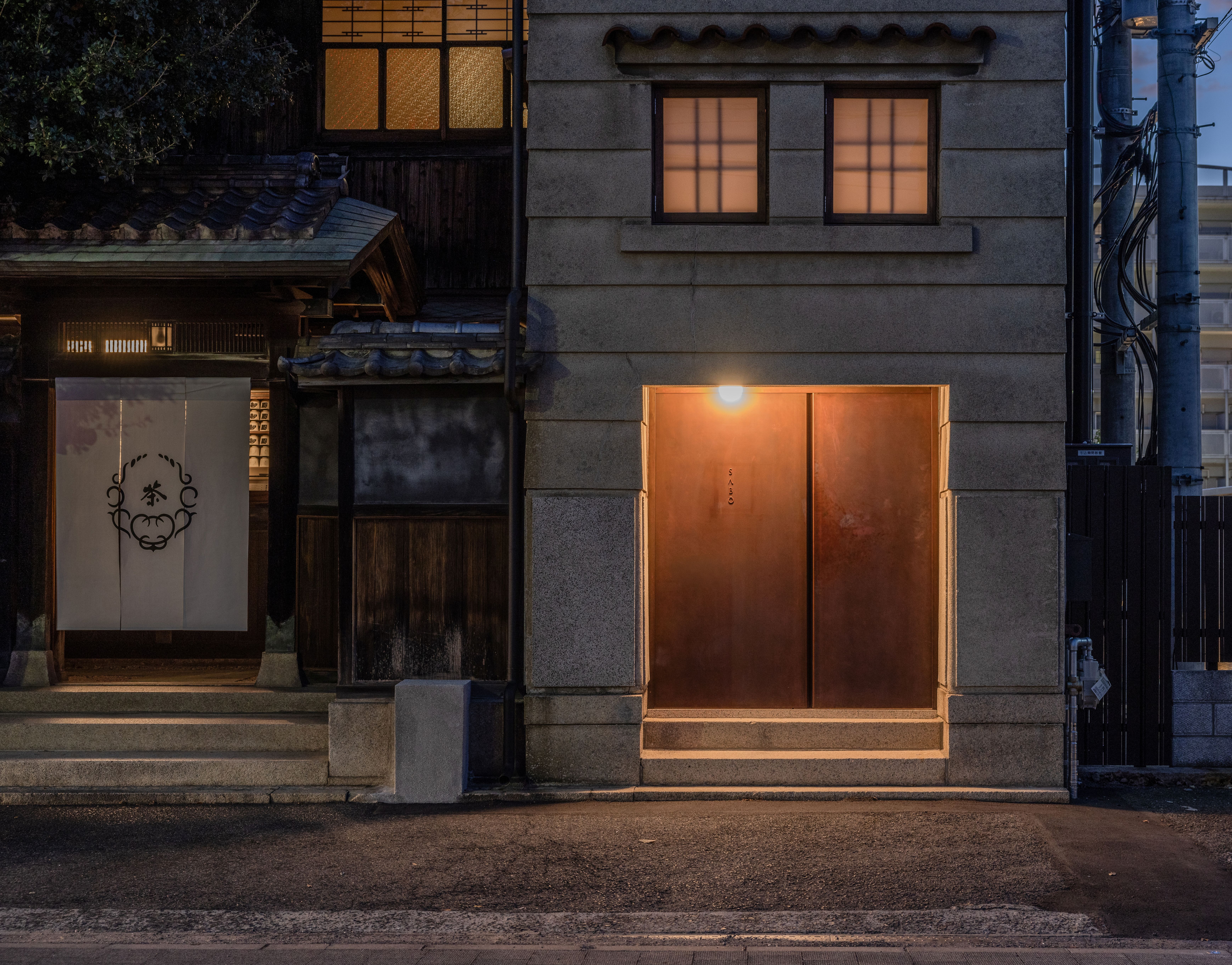
Saboe Okayama facade
Modern incense workshops known as Kaori are another new innovation. Intimate gatherings unravelling the invisible layers of Japan’s culture-rich incense world in the hands of experts (and a chance to make your own incense) will take place in serene spaces including Yakumo Saryo, Higashiya Ginza, Ogata at The Shinmonzen and Ogata Paris.
And a connective thread in all these projects? Simplicity’s signature modern riff on traditional Japan, with an aesthetic imprint that goes far deeper than surface beauty. Here, Ogata sits down with Wallpaper* in a private tea room at Higashiya Ginza – and shares his thoughts on the past and the future, tea in the modern world and the timeless need for harmony between humans and nature.
In conversation with Shinichiro Ogata
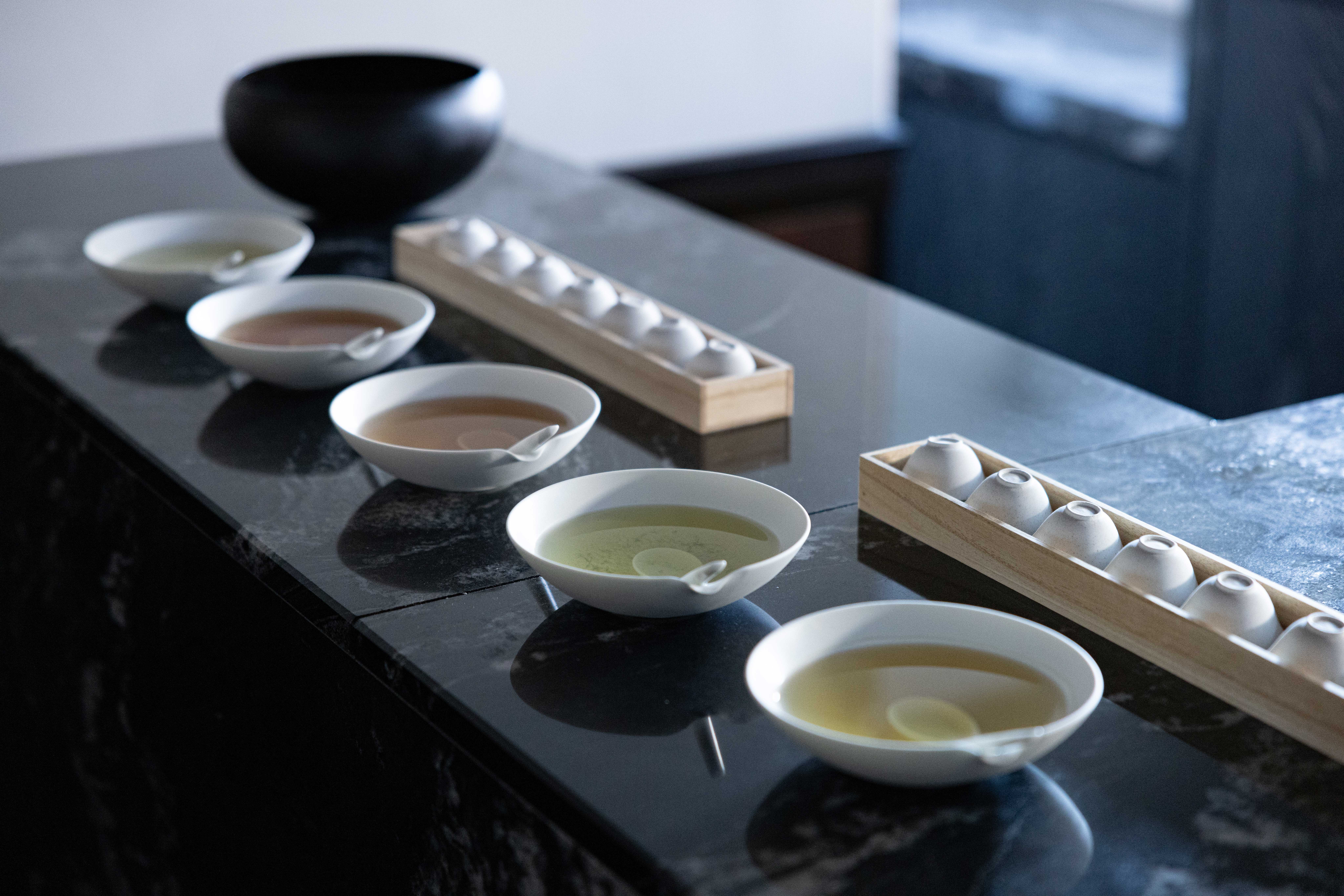
Saboe Okayama
Wallpaper*: Why tea?
Shinichiro Ogata: Tea is an old Eastern Asian tradition which used to be seen as a form of medicine. Its history goes back thousands of years, much longer than coffee. It’s very simple – you take leaves from nature, grow it, drink it. It’s not only good for your body, it’s a way of connecting yourself with nature – and enjoying tea also creates connections between humans. These are the fundamental reasons I have chosen tea.
W*: Was there a specific moment that woke you up to the beauty of tea?
SO: There was not one single moment. Being Japanese, I’ve always had nihoncha or sencha with meals – breakfast, lunch, dinner – in everyday life. But there is also sado tea ceremony – the traditional way of enjoying matcha tea. It has deeply shaped the history of Japanese culture in terms of arts and crafts, and elevated Japan’s aesthetics. I had a lot of respect for sado in terms of how it shaped Japanese culture, but for me, it was too complicated. It could only survive in Japan. I realised that if we wanted to share the idea of Japanese tea to the world, it had to be simplified and match contemporary ways of living – not only in Japan but for people all over the world. So I had to look at tea with a modern perspective. I had to create a new way of enjoying tea.
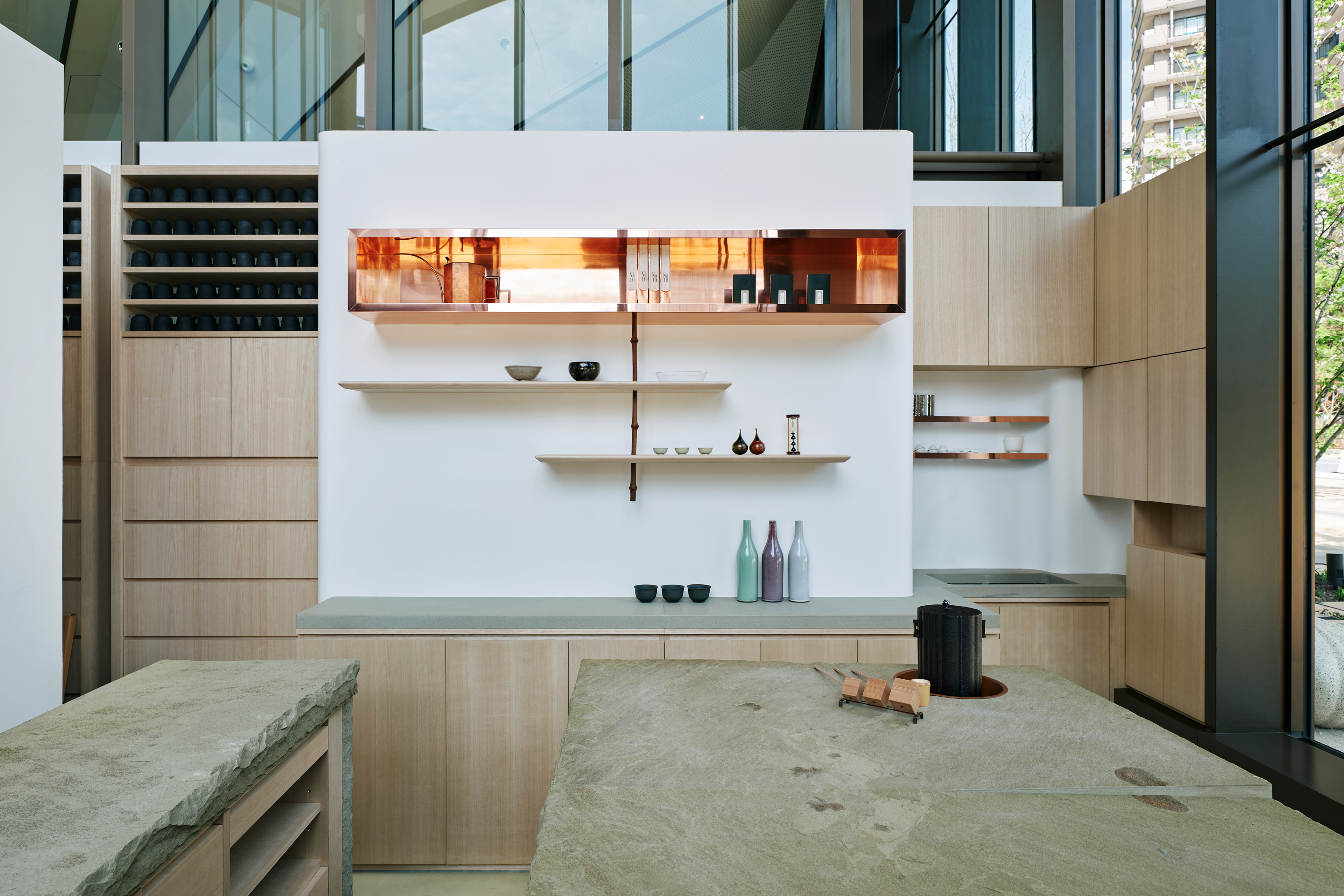
Saboe Tokyo shop interior
W*: Can you explain more about the layers of sado?
SO: Sado is not just about taste. It’s about the experience. The tools. The environment. But for me, the tea also has to be tasty as well as have a modern style. By bringing this culture of tea to the world – my style of tea to the world – I also hope it helps to preserve the ways of Japanese tea farmers.
W*: How would you describe your style of tea?
SO: It is hard to put into words. It has to be experienced, which is why I opened Ogata Paris. You can also see my style of tea at Saboe. It’s what I have been practicing for over 20 years – but with a more modern interpretation. What we created at our original tea rooms Higashiya is very unique and beautiful. But I wanted to have a contrast between Higashiya style of tea – and create a more modern, casual twist at Saboe. That’s also why we created teabags, a first for us.
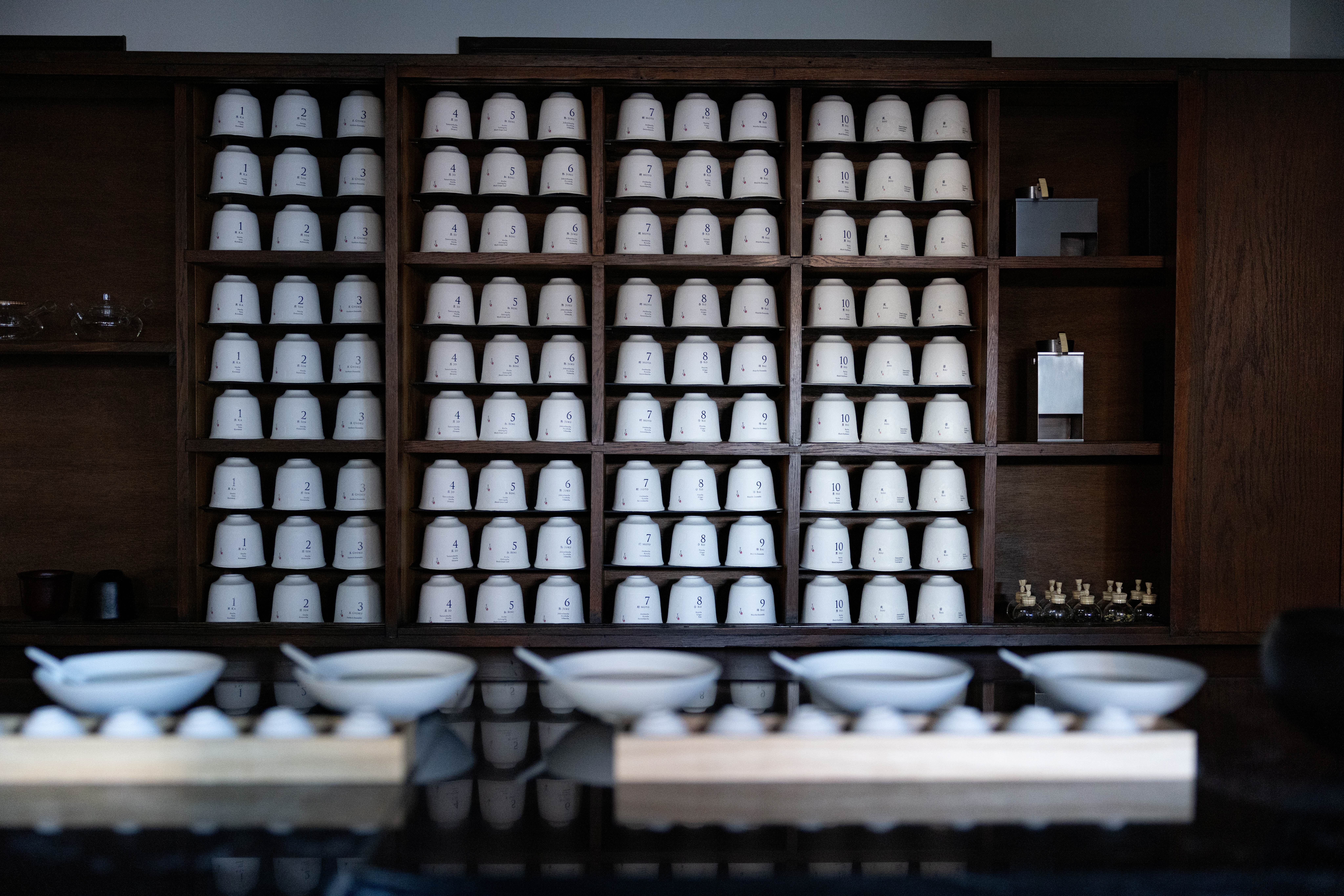
T., Collection product packaging at Saboe Okayama
W*: Tell me about the teabags.
SO: We wanted to create a tea experience that was more casual and approachable. So we made the T., Collection of ten teas. We wanted to simplify the way of selecting tea as well as enjoying tea. The tea bags are made of decomposable materials, no chemicals.
W*: How do these teas align with wider design work?
SO: In Japan, we have a very old phrase: hare to ke. This is like yin and yang, or traditional and modern – two different ways of thinking, harmonised. We always think about this – not only for tea, but also when we are making wagashi sweets. I always look for the contrast in anything I create..
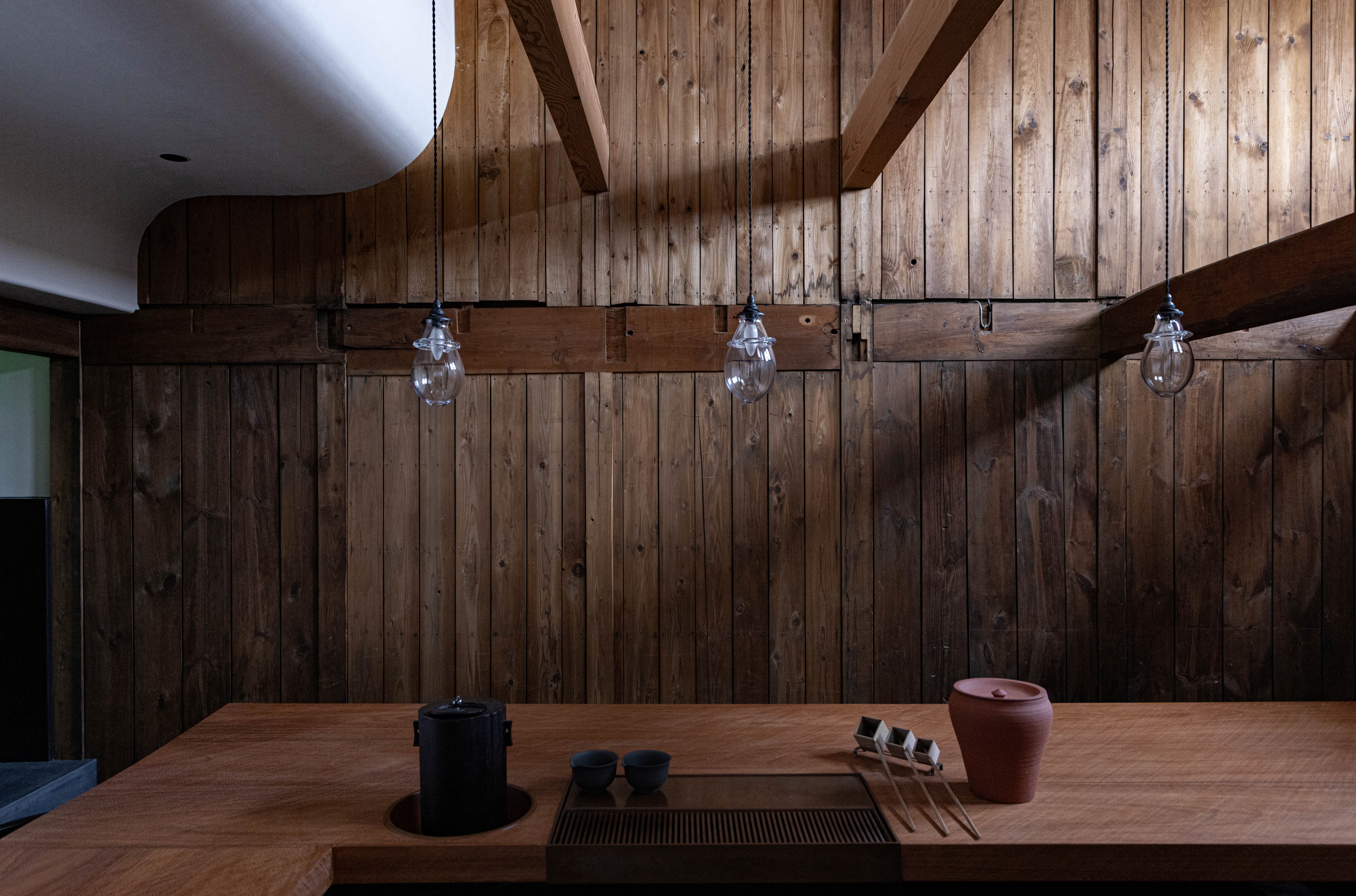
Saboe Okayama interior
W*: You now have four Saboe across Japan. Can you share more about the concept?
SO: We wanted to explore how we connect with nature. So at Saboe Tokyo in Azabudai Hills, we used a very natural stone finish. Also, the packaging is decomposable. It’s very close to nature but modern. The packaging is also both teaware you can drink from and the container – so it’s contemporary and sustainable
W*: Tell me more about Japan’s relationship with nature?
SO: In Japan, we don’t worship a person like Jesus Christ – we worship nature. We see nature as our god. This idea of Shintoism leads us to the shrine. This idea is rooted in everything through Japanese culture.
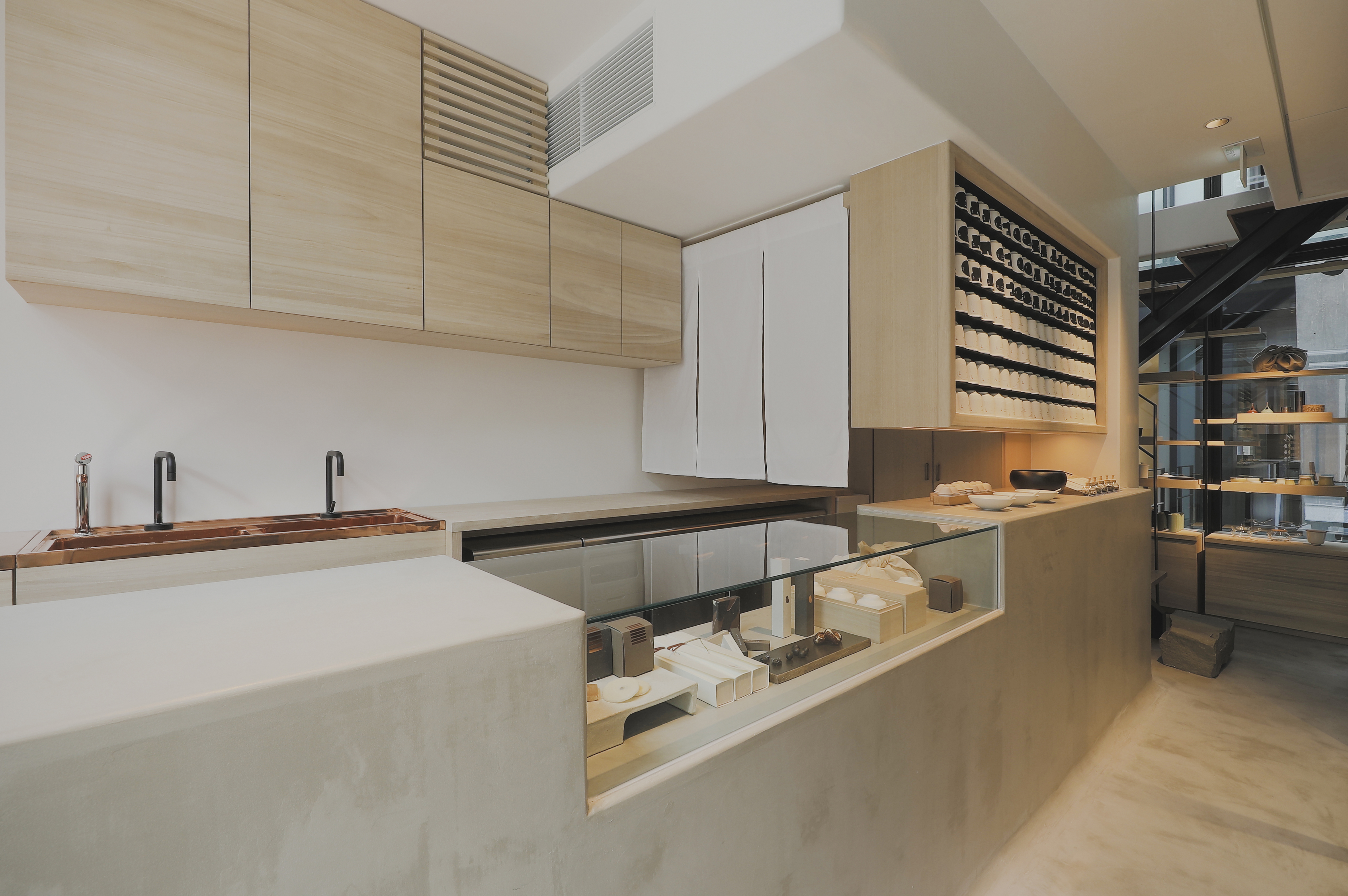
Saboe Hakata interior
W*: And now in modern times?
SO: Nature has always been the most important thing. It is everything. Nature existed before human beings. But today, humans are trying to take over or control nature which is not leading to very good solutions. Humans can never conquer nature. And in terms of all the beautiful energy and shapes you find in nature, even the greatest designer can never go beyond what nature has created. I have a huge respect for what has been created and given to us by nature.
W*: How is this expressed through your designs?
SO: When I select materials, I always look at nature’s five elements – wood, fire, water, soil, air. That is fundamental to me. Even here, in this space at Higashiya, you can see the wood, the fire, the water. All these elements should be included in spaces. Another factor are local materials – like the idea of terroir in France. We always try to have an authentic local connection. For example, we sourced local materials in Okayama for the new Saboe space. It is by applying the old, that we can find a new perspective.
In terms of all the beautiful energy and shapes you find in nature, even the greatest designer can never go beyond what nature has created.
Shinichiro Ogata
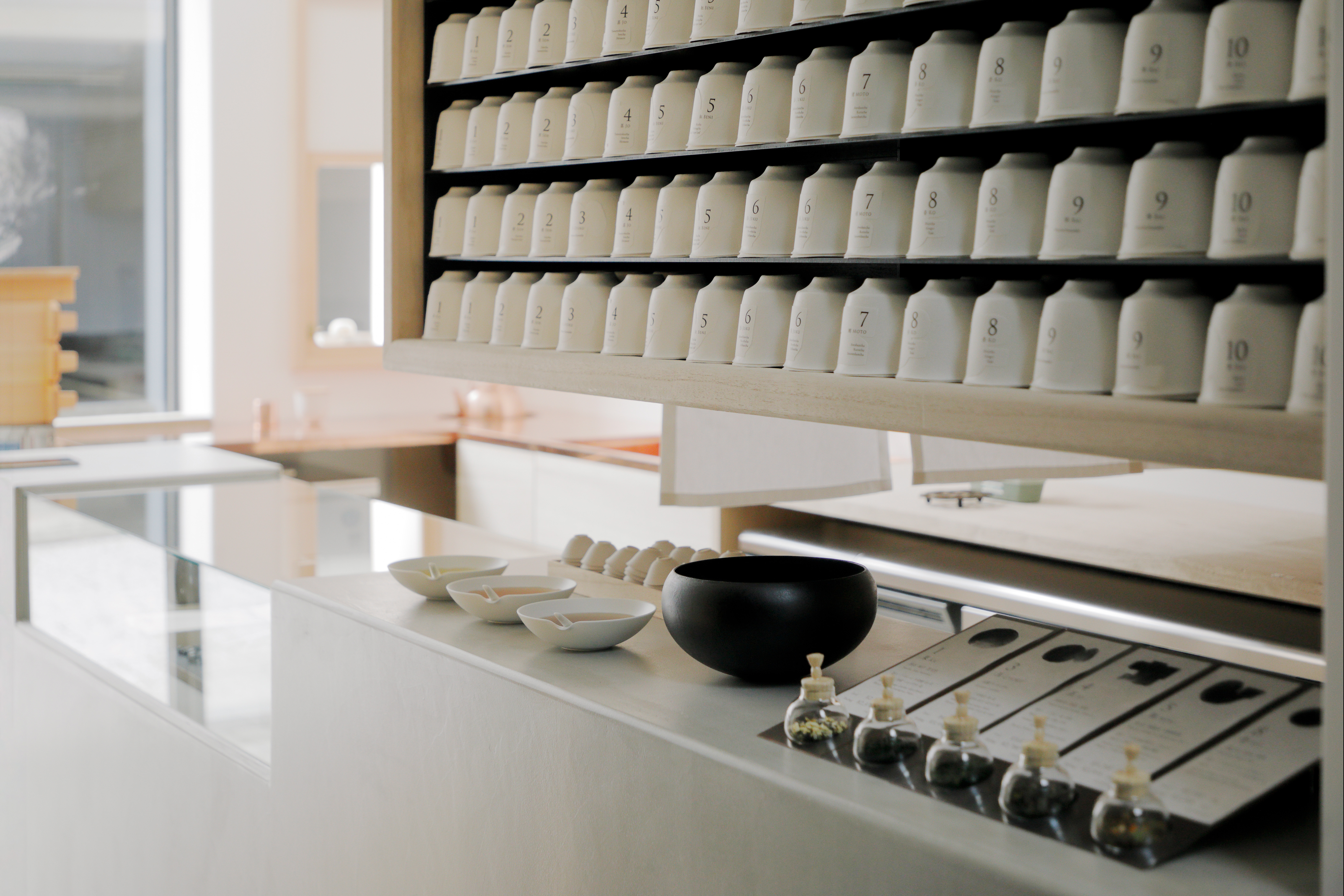
Saboe Hakata
W*: Tell me more about the Okayama Saboe tea room.
SO: In Okayama, what was so unique was the building, a former soy sauce factory and storehouse about 100-years-old. I wanted to keep the old charm of the building but add a new energy. The main focus was preserving as much as possible and adding furniture in line with the era in which it was built.
W*: Hotels, tea cups, spaces – what are the connective threads in your creative projects?
SO: My vision is to create a certain way of being. I’m trying to preserve Japanese culture and the resources that we have developed. I’m also always asking what Japanese aesthetics are and how they are being delivered to the world. I think everything goes back to a sense of being connected to nature. It’s all tied to my vision of creating a certain way of being.
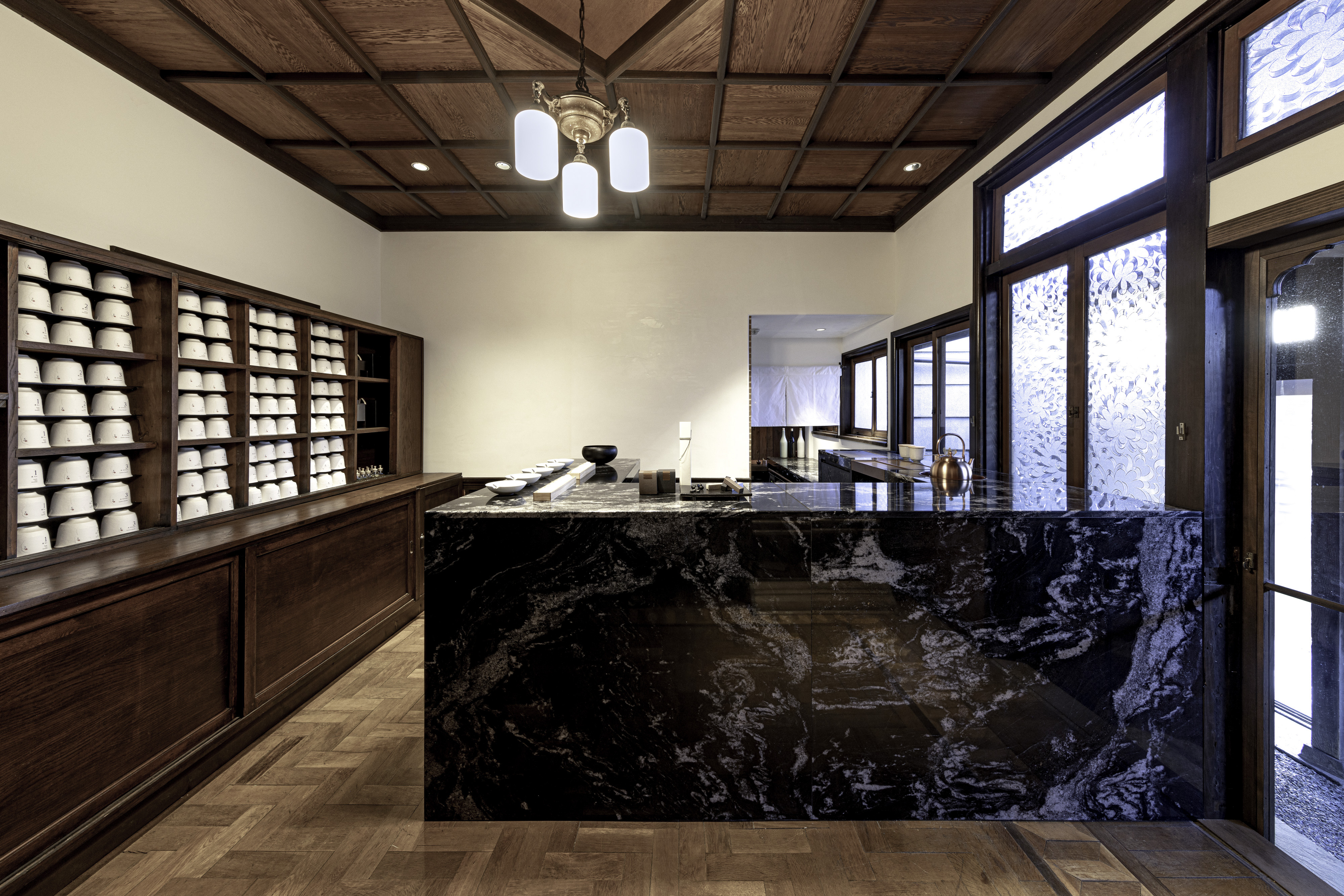
Saboe Okayama
W*: Way of being - what do you mean by this?
SO: We have to learn how to live in the current world. If you look around, nature has been destroyed, there are terrible conflicts and wars. With these conditions, how do we live and how do we look forward? I feel that our idea – our way of being – rooted in Japanese culture, can play a role. Hundreds of years ago, before all these religions started to grow, there was a time when humans simply coexisted with nature. But it is not enough to just look at how we lived back then – we have to interpret this for our current lives So the question is: how can we coexist with nature in the current era? This is what I am looking for and the way of being that I would like to create.
W*: How do you tie this into your projects?
SO: This way of being can be expressed in environments as a holistic experience. It could be a hotel or a residence but something experiential. It’s not just about designing a space – it’s creating a space to be lived in and experienced. To deliver this message, I am keen to establish an education programme – so it could all come together in a kind of school.
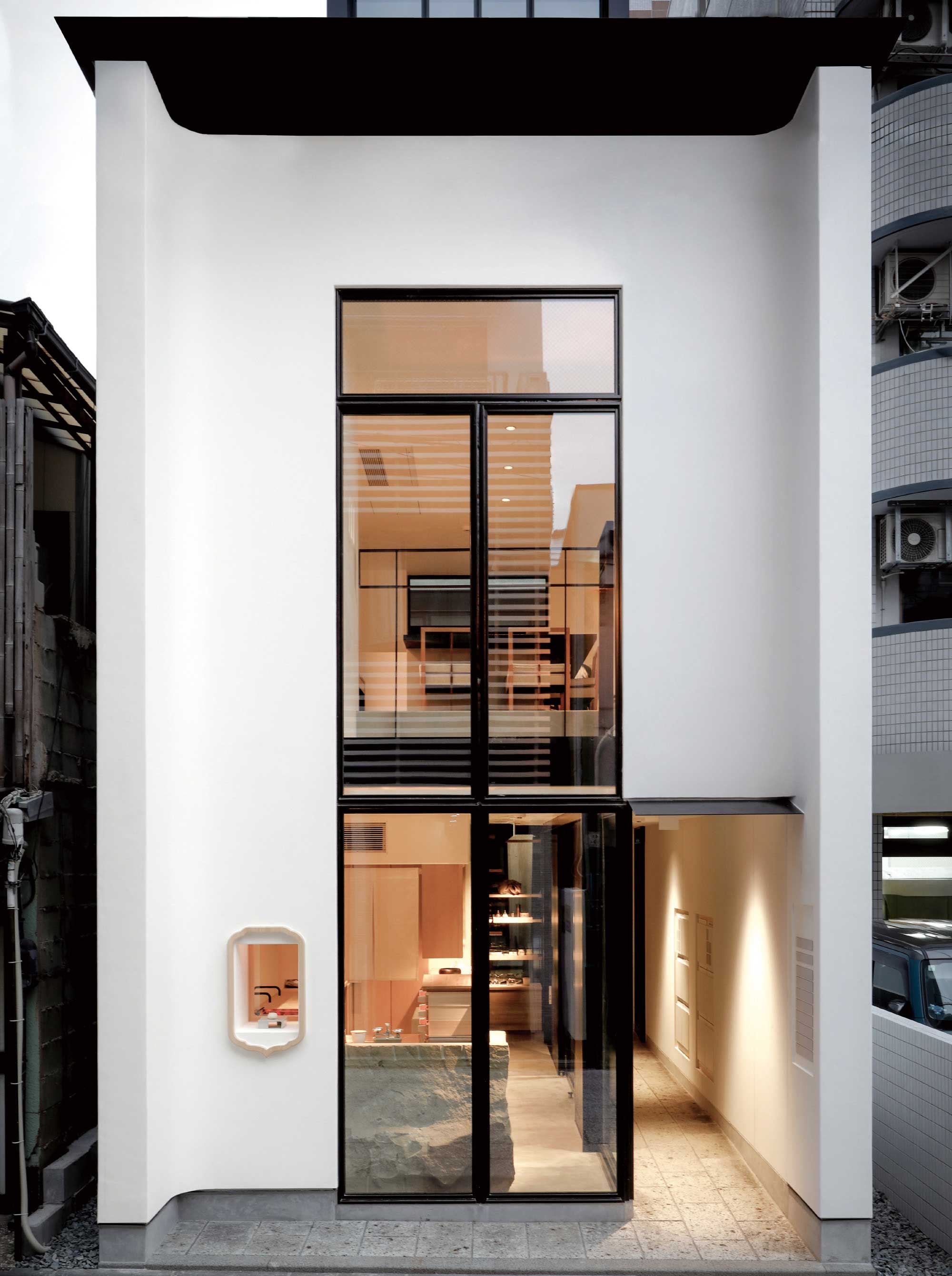
Saboe Hakata location
W*: What kind of a school?
SO: It’s not so much about me teaching, it’s about preserving the ideas of my aesthetics. One day I will pass away – but I would like these ideas to continue for another 800 years. That is my goal. I’m really focused on delivering this message to the next generation. We already have staff who could be teachers – tea masters, wagashi makers – who have a lot of knowledge of teaching these aesthetics to the next generation. It will probably be a professional school – but in the future, it could be a school that starts at an earlier age. Through all our creations, I hope that we can help create a sense of fulfilment in your inner soul.
Danielle Demetriou is a British writer and editor who moved from London to Japan in 2007. She writes about design, architecture and culture (for newspapers, magazines and books) and lives in an old machiya townhouse in Kyoto.
Instagram - @danielleinjapan
-
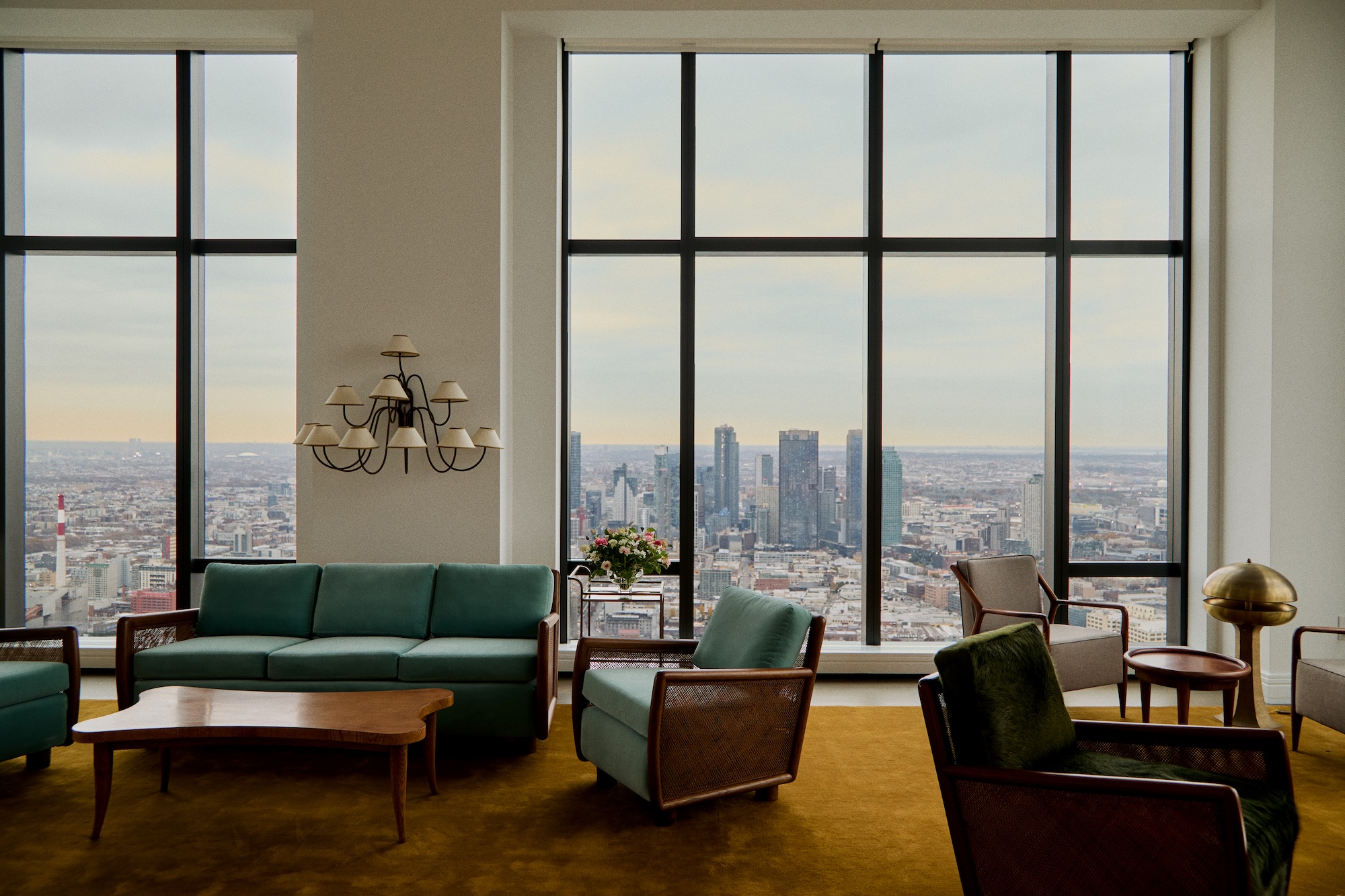 A breathtaking exhibition celebrating modernism’s transatlantic ties soars above Manhattan
A breathtaking exhibition celebrating modernism’s transatlantic ties soars above ManhattanCurated by interior designer Andre Mellone, 'Crossed Trajectories' at Galerie Gabriel's penthouse explores connections between nomadic post-war creatives Jean Royère, Roberto Platé and more
-
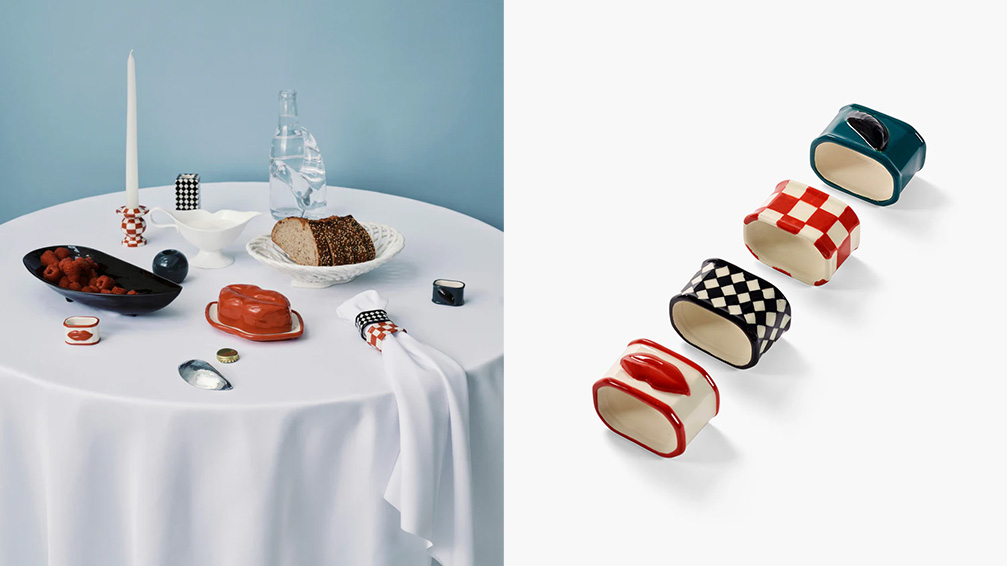 Sculptural, design-led napkin rings for festive tables
Sculptural, design-led napkin rings for festive tablesThe simple napkin ring harbours the potential to bring a stylish punch of personality to any table setting
-
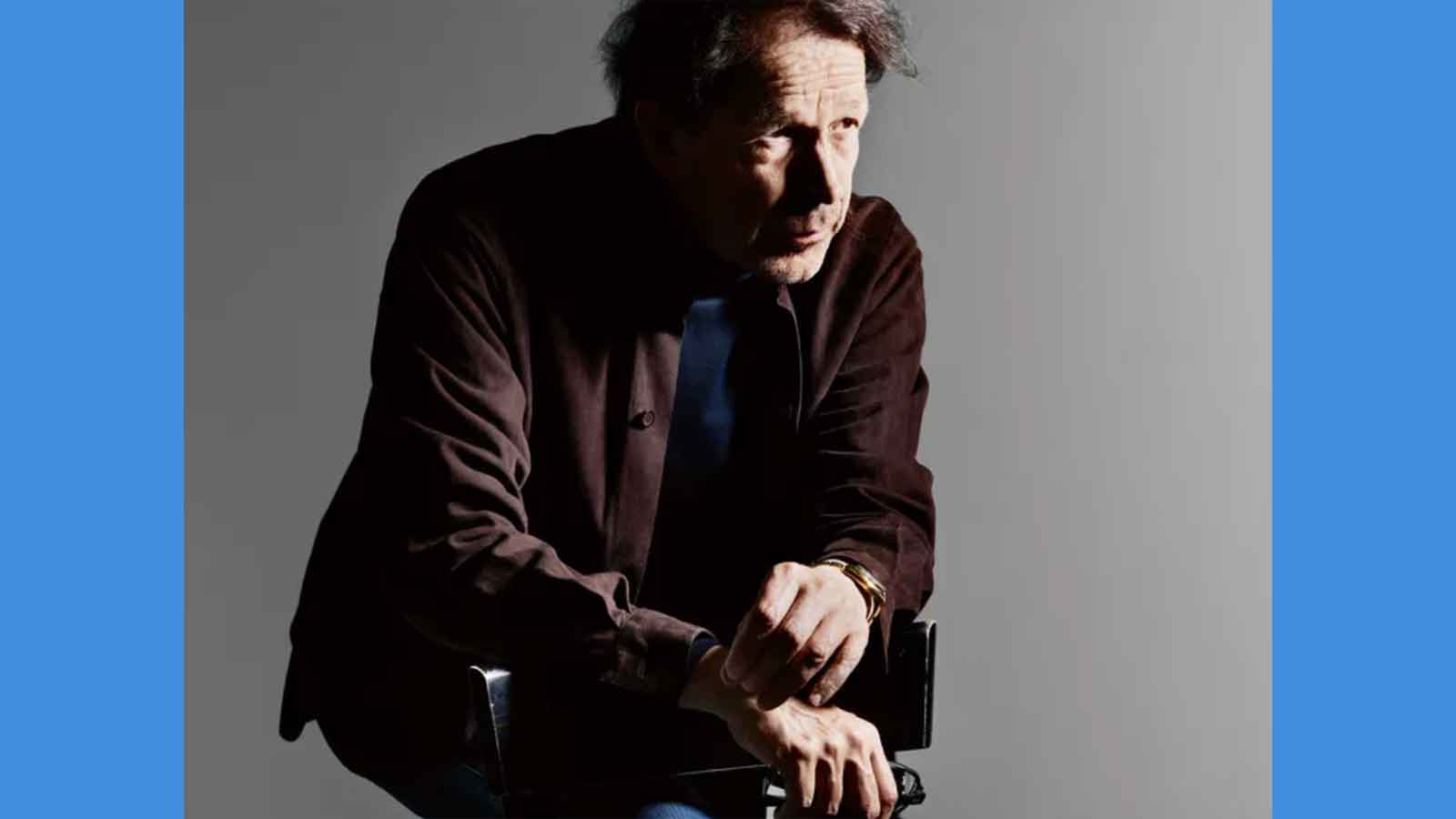 How Peter Saville came to art direct the best of contemporary culture
How Peter Saville came to art direct the best of contemporary cultureFrom Peter Saville's first steps with Factory Records and legendary album designs to his later work in art and fashion: we chart the history of the British art director
-
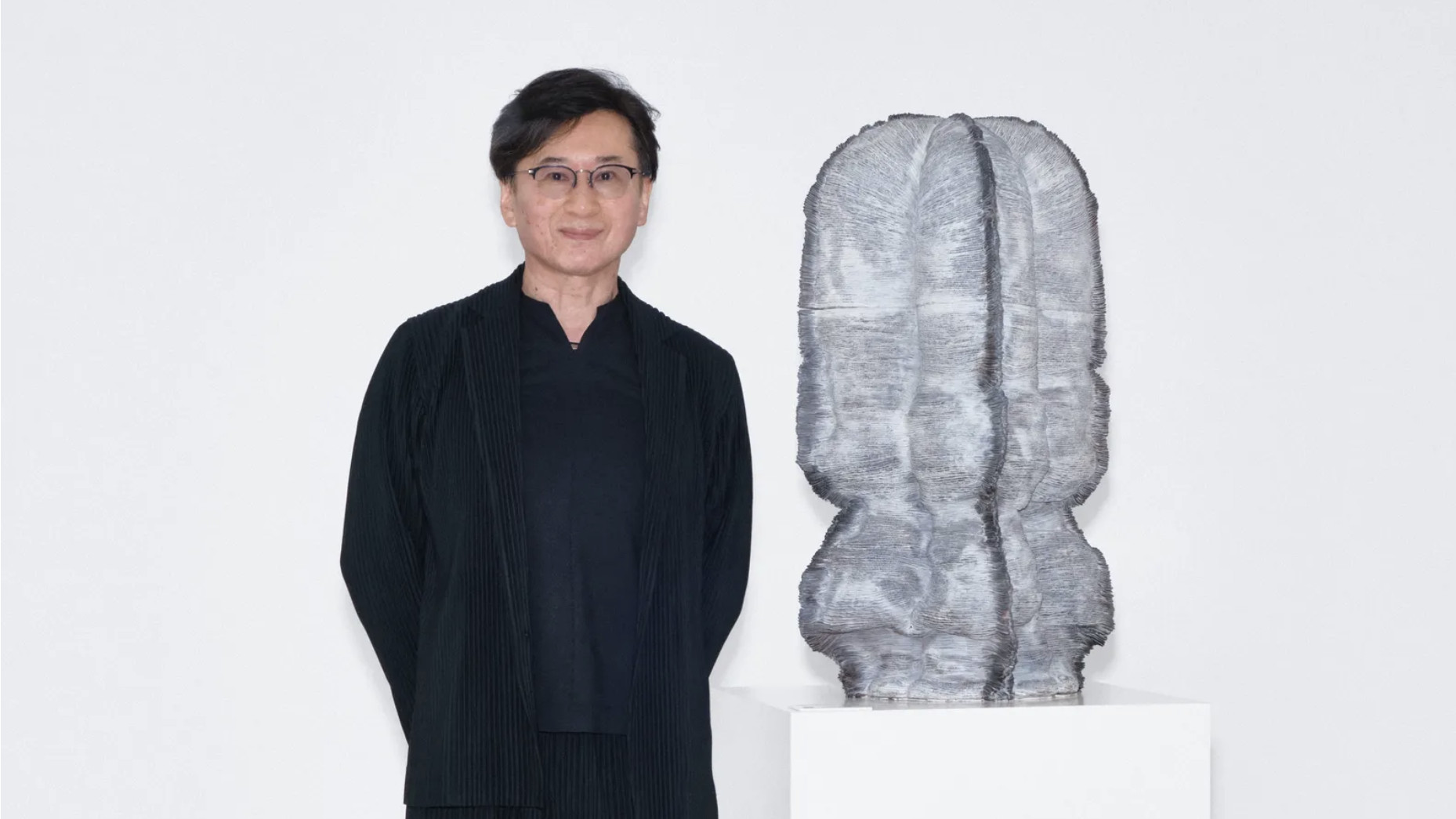 2025 Loewe Foundation Craft Prize winner announced as Kunimasa Aoki
2025 Loewe Foundation Craft Prize winner announced as Kunimasa AokiThe Japanese sculptor describes his work as ‘50 per cent tradition and 50 per cent innovation’
-
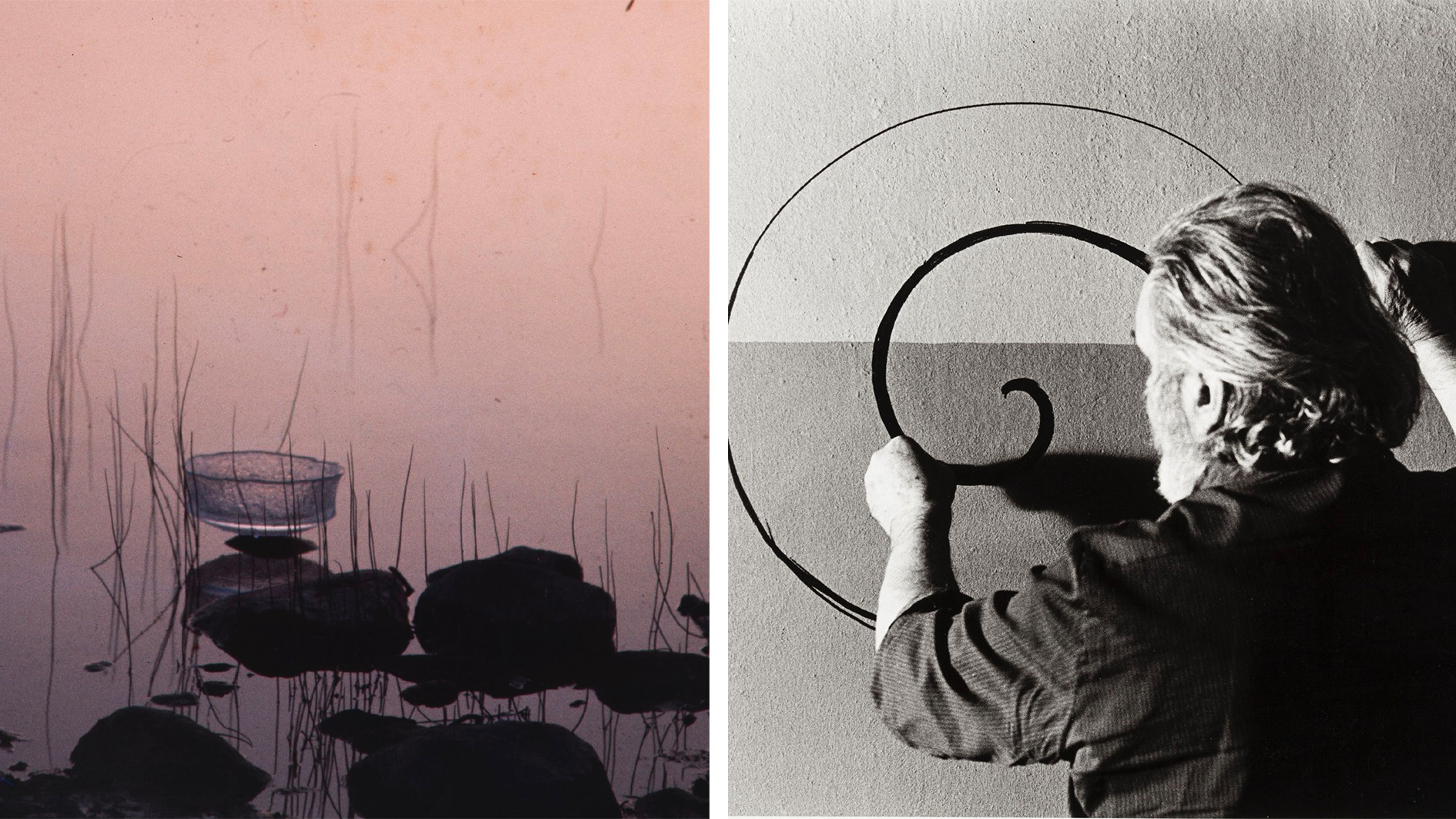 Inside the world of Tapio Wirkkala, the designer who created masterpieces in remotest Lapland
Inside the world of Tapio Wirkkala, the designer who created masterpieces in remotest LaplandThe Finnish artist set up shop in an Arctic outpost without electricity or running water; the work that he created there is now on display at a retrospective in Japan
-
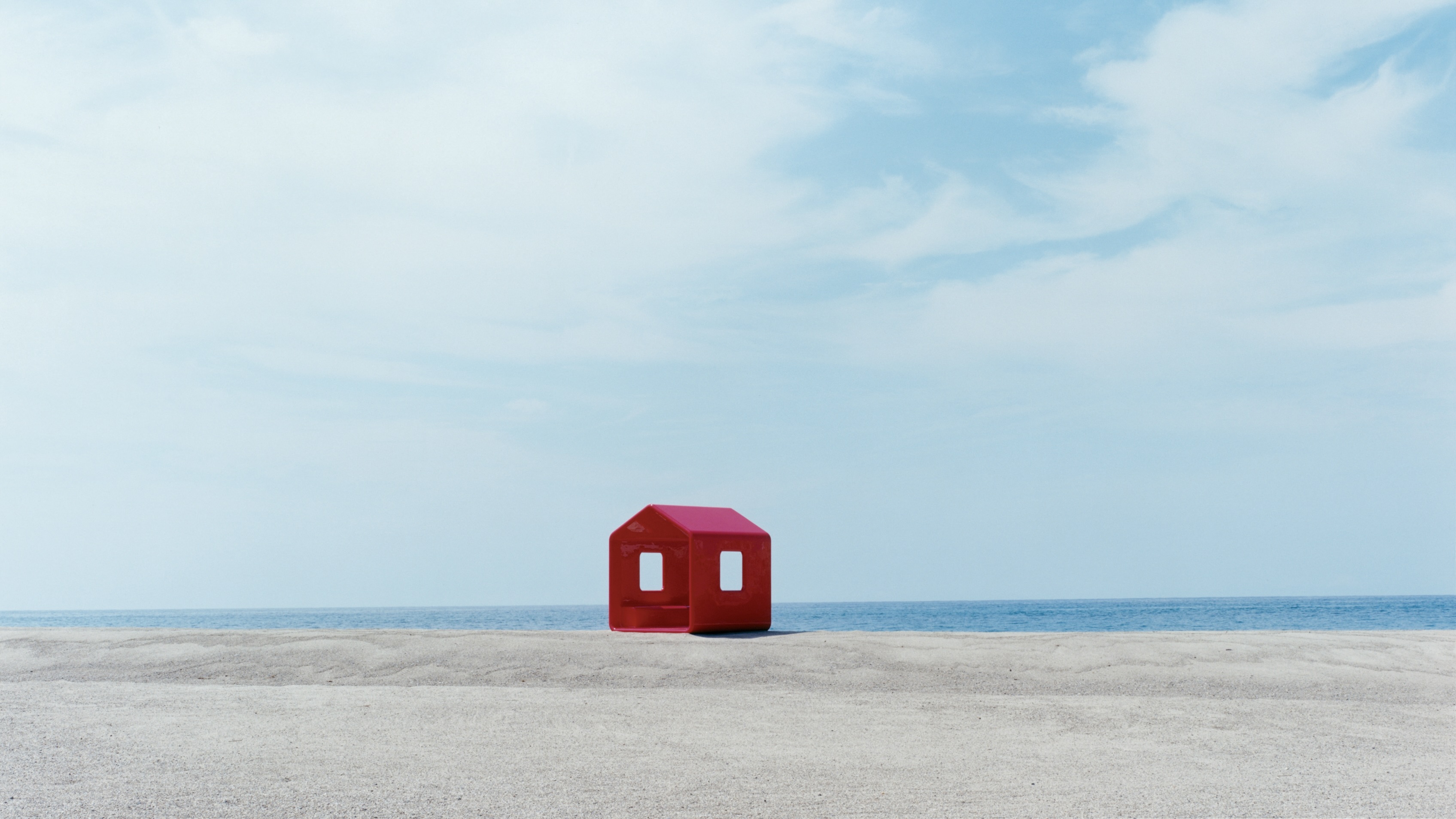 Naoto Fukasawa sparks children’s imaginations with play sculptures
Naoto Fukasawa sparks children’s imaginations with play sculpturesThe Japanese designer creates an intuitive series of bold play sculptures, designed to spark children’s desire to play without thinking
-
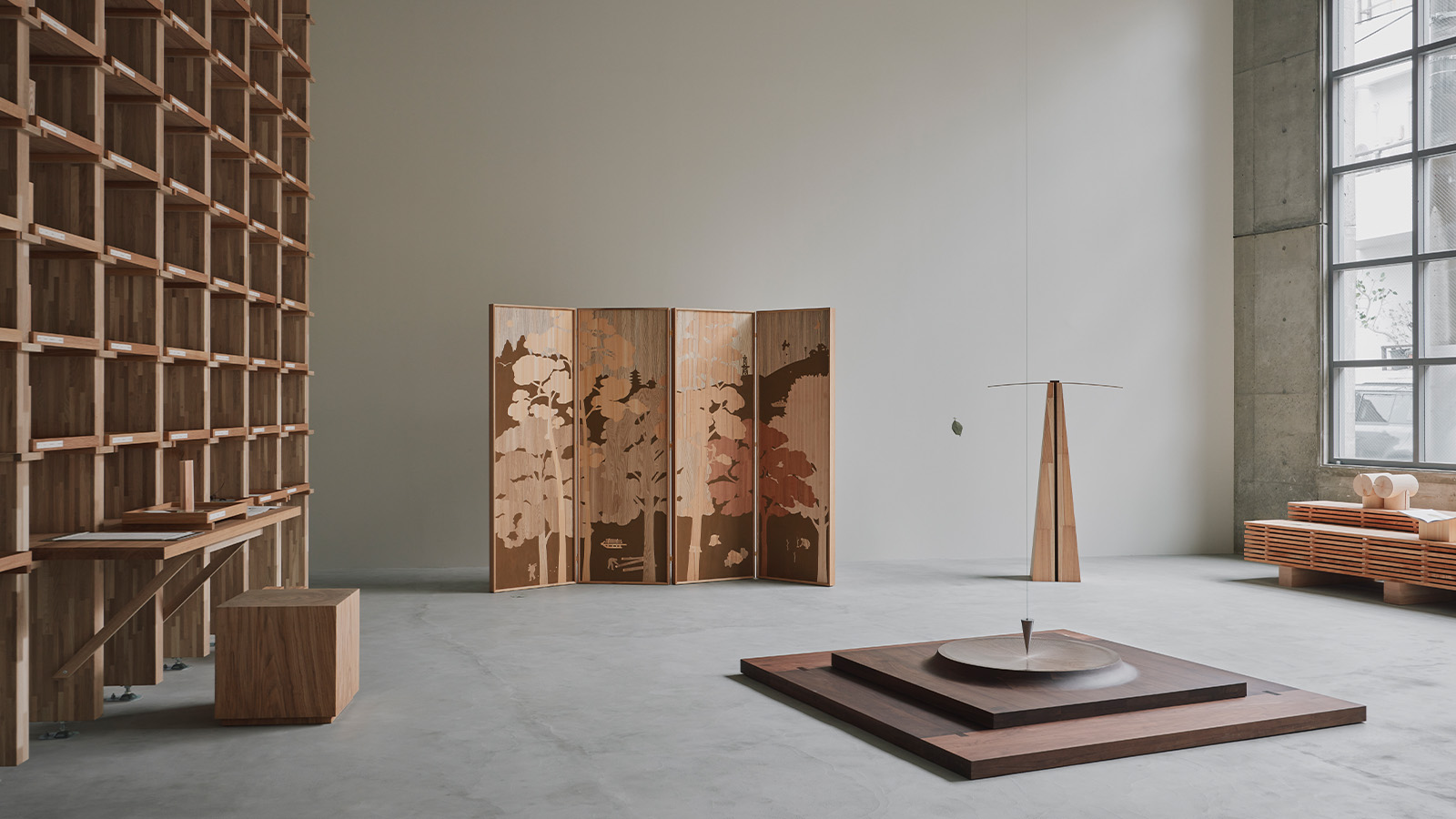 Time, beauty, history – all are written into trees in Karimoku Research Center's debut Tokyo exhibition
Time, beauty, history – all are written into trees in Karimoku Research Center's debut Tokyo exhibitionThe layered world of forests – and their evolving relationship with humans – is excavated and reimagined in 'The Age of Wood', a Tokyo exhibition at Karimoku Research Center
-
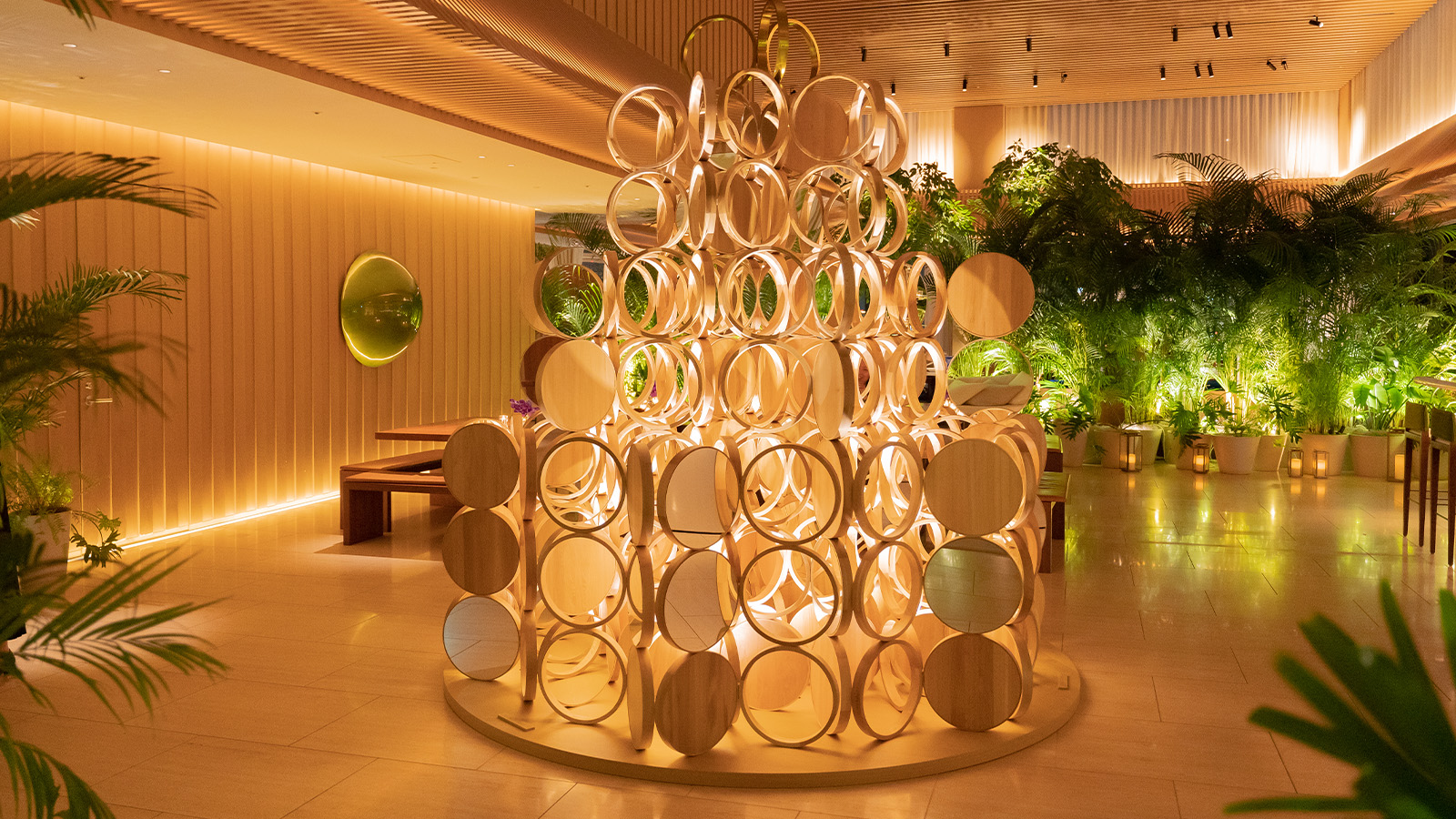 Minimal curves and skilled lines are the focal point of Kengo Kuma's Christmas trees
Minimal curves and skilled lines are the focal point of Kengo Kuma's Christmas treesKengo Kuma unveiled his two Christmas trees, each carefully designed to harmonise with their settings in two hotels he also designed: The Tokyo Edition, Toranomon and The Tokyo Edition, Ginza
-
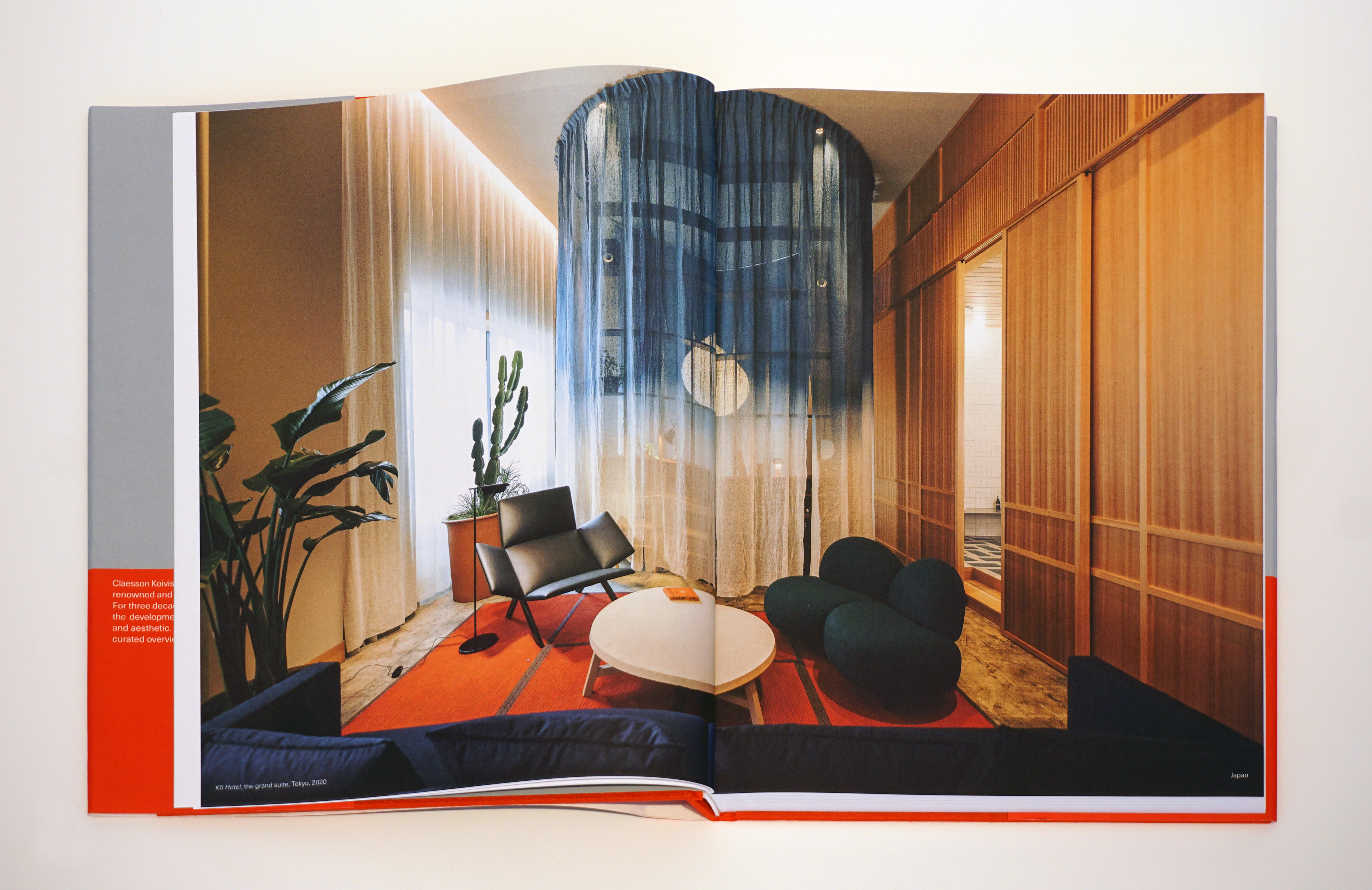 Claesson Koivisto Rune on 30 years of their often Japan-inspired designs, charted in a new book
Claesson Koivisto Rune on 30 years of their often Japan-inspired designs, charted in a new book‘Claesson Koivisto Rune: In Transit’ is a ‘round-the-world journey’ into the Swedish studio's projects. Here, the founders tell Wallpaper* about their fascination with Japan, and the concept of aimai
-
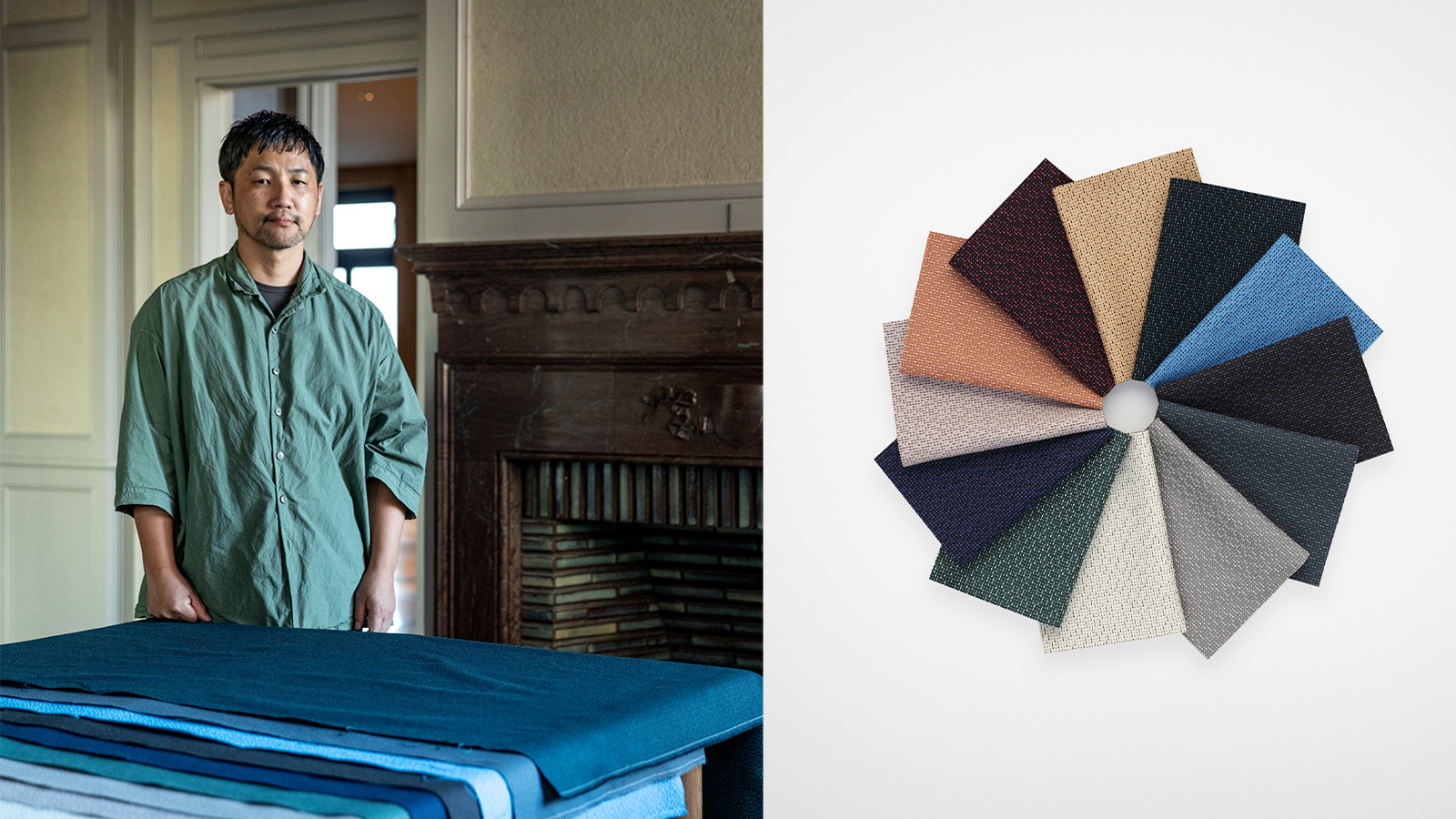 Teruhiro Yanagihara's new textile for Kvadrat boasts a rhythmic design reimagining Japanese handsewing techniques
Teruhiro Yanagihara's new textile for Kvadrat boasts a rhythmic design reimagining Japanese handsewing techniques‘Ame’ designed by Teruhiro Yanagihara for Danish brand Kvadrat is its first ‘textile-to-textile’ product, made entirely of polyester recycled from fabric waste. The Japanese designer tells us more
-
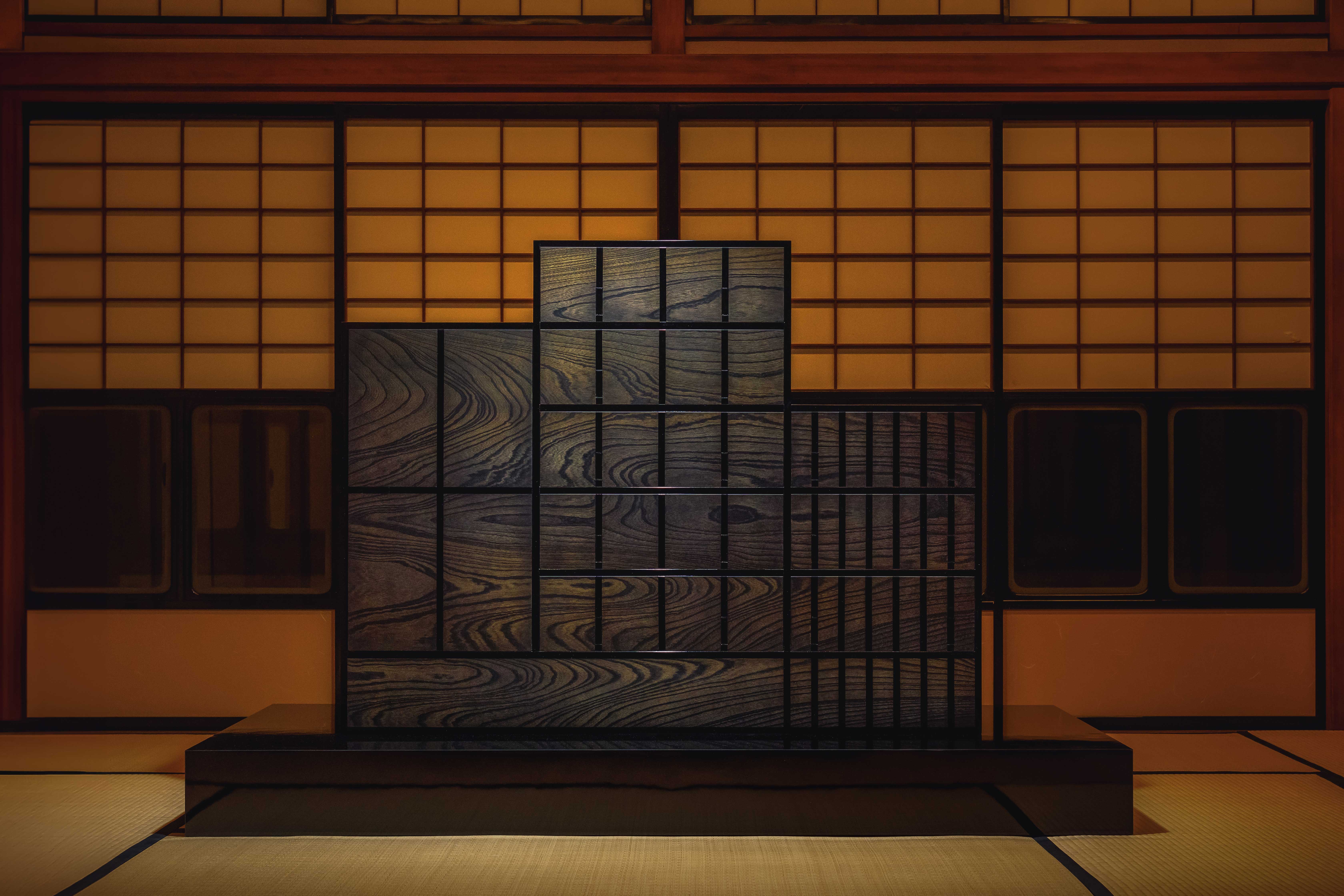 Craft x Tech elevates Japanese craftsmanship with progressive technology
Craft x Tech elevates Japanese craftsmanship with progressive technologyThe inaugural edition of Craft x Tech was presented in Tokyo this week, before making its first international stop at Design Miami Basel (11-16 June 2024)